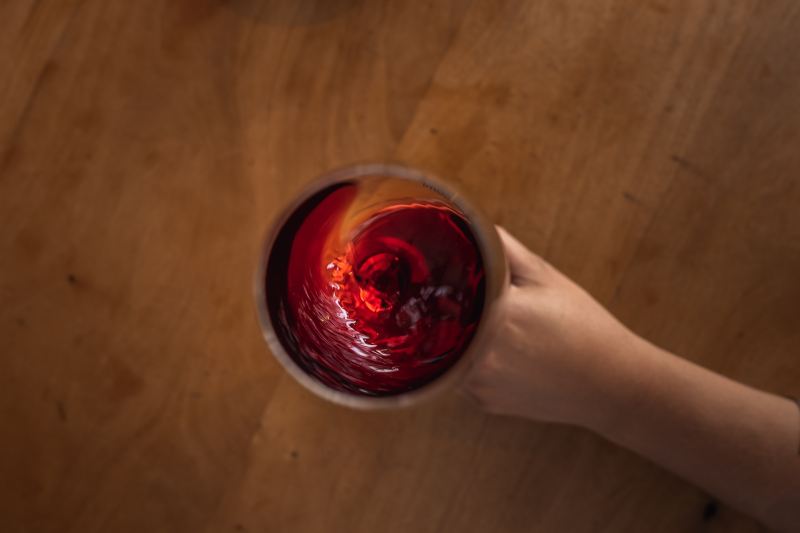Grenache is arguably one of the most impeccable wines on the market while simultaneously having one of the most understated reputations. While wine professionals and connoisseurs have tremendous respect and even adoration for this particular varietal, the American market has yet to catch up. The big names in red wine, such as Merlot and Cabernet Sauvignon, tend to eclipse Grenache in the eye of the public, which is truly a travesty. While we’re not here to shame the top dogs of the American wine world (they’re popular for good reason, after all), Grenache certainly doesn’t deserve to be brushed over.
Fabulously diverse and complex, Grenache is grown and produced with tremendous success all over the world. Its contribution to the legendary blends of Châteauneuf-du-Pape alone makes it worthy of applause, in our opinion. But Grenache is so much more than a contributor to a balanced blend.
So, if you’re ready to dive into one of the most underappreciated wines of our time, read on to learn about Grenache and all of the gifts this little grape contributes to the world of wine.
What is Grenache?

Depending on where you live in the world, this grape varietal can go by many names. In Spain, you will find it commonly referred to as Garnacha. In other parts of the world, it may also be referred to as Grenache Noir. Of course, this is when referring strictly to red varieties, which we’ll be addressing here. White versions of the grape are known as Grenache Blanc or Garnacha Blanca and are also exquisite.
Grown and produced worldwide and in a vast range of styles, the Grenache grape has quite the prestigious seat at the table when it comes to both blends and being an incredible varietal in its own right. This grape generously contributes to both red and rosé blends, adding body and fruitiness without adding heavy tannins. Of course, the flavor profile of Grenache wine alone is versatile, bold, fruity, and rich.
Flavor profile of Grenache
With a usual base of berries and dark cherry, Grenache can take on many flavors, depending on where it is grown, the winemaking process, the vintage, and many other factors. In warmer climates, Grenache can be quite bold, its fruit-forward notes rich and ripe, while cooler climate varieties are much tamer and less full-bodied. As well as its fruitier flavors, Grenache also has spicy and herbaceous undertones that blend beautifully with grapes like Tempranillo and Syrah.
Grenache is typically higher in its ABV, exceeding 15.5% in many cases, so it’s important to sip carefully when this boldly powerful wine is in your glass.
Where Does Grenache come from?
While grown all over the world, the most famous and prestigious varieties of Grenache primarily come from Spain and France. In Spain, Grenache (known there as Garnacha) grows peppered throughout the country in regions such as Campo de Borja and Cariñena and is commonly blended with other grape varietals like Tempranillo, Cariñena, and Cabernet Sauvignon, to create a wide variety of beautiful blends.
In France, Grenache is notably one of the key grape varieties in the esteemed Rhône Valley and one of the just thirteen grape varieties allowed in the Southern Rhône’s Châteauneuf-du-Pape. Grenache is not only often the star of the show in many esteemed bottles but also a key player in many of the region’s famous rosé varieties.
While most famously grown and made in Spain and France, it’s worth noting that other locations such as Italy, Australia, and California make very reputable Grenache, each with its own deliciously unique characteristics.
How to serve Grenache
Grenache reds should be served in a full or medium-bodied red wine glass and are best when served just slightly cooler than room temperature. While it is common for reds to be served a bit warmer than this, Grenache best shows off its beautiful fruit flavors and acidity at cooler temperatures. The ideal range is between 55 and 60 degrees for this wine.
Grenache is wonderfully diverse and generous in the experience it brings to a wide variety of dishes. With its herbaceous undertones, Grenache is beautiful with smoked or grilled entrees like pork chops and steaks. Its acidity levels also pair nicely with tomato-based sauces and pizzas, as well as fatty slow-cooked roasts and braises like lamb.
For a Grenache cheese pairing, we recommend cheeses that have some bite and body like mature cheddar, Manchego, and Gouda. When it comes to dessert, Grenache is an excellent pairing with indulgences like dark chocolate mousse, chocolate-covered cookies, or dark chocolate bread pudding.




